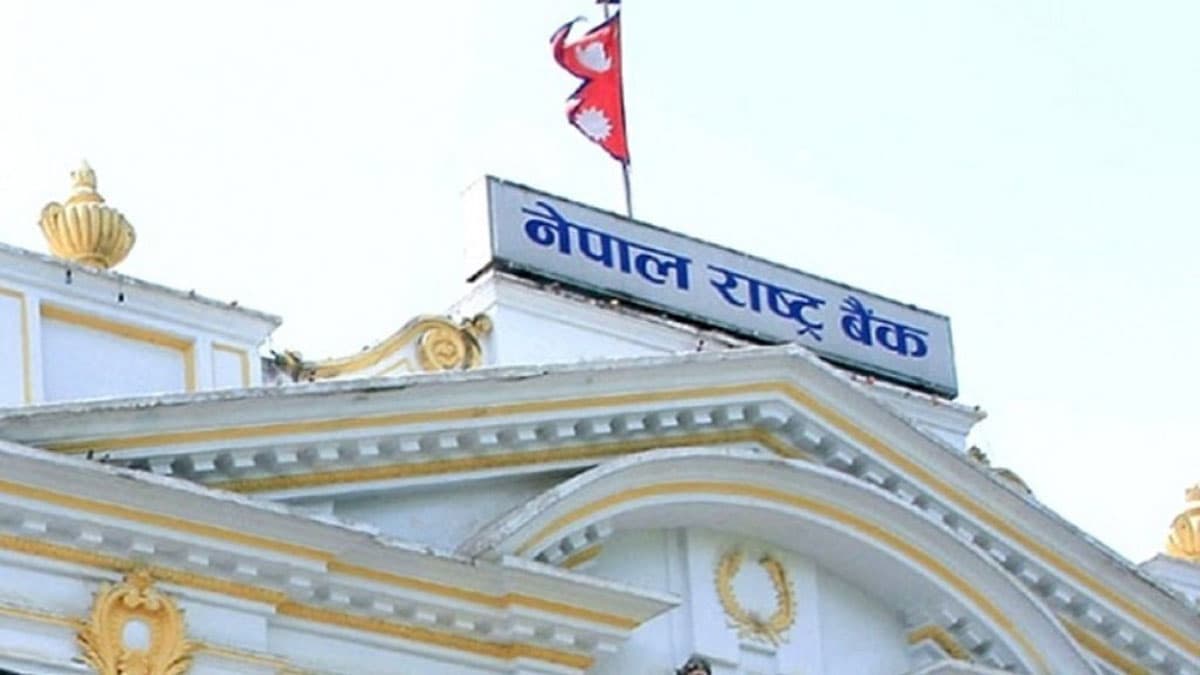Nepal Rastra Bank Tightens Cash Limits, Moves Toward Universal QR Payments
NRB limits daily cash withdrawals and moves to unify all digital wallets via a universal QR system.

Nepal Rastra Bank (NRB) is gradually discouraging the use of cash and promoting digital transactions as part of its long-term financial digitization strategy. Last week, the central bank reduced the daily ATM withdrawal limit from Rs. 100,000 to Rs. 50,000, signaling a shift toward digital payments.
To strengthen digital interoperability, NRB is developing a system where users can scan QR codes across all digital wallets—such as eSewa, Khalti, IME Pay, CGPay, Moru, and HamroPay—to make seamless transactions. Currently, these wallet systems operate in isolation and do not allow cross-platform QR payments.
According to the Payment Systems Department of NRB, the central bank has circulated a draft titled “National Payment Switch (NPS) and National Payment Ecosystem – Master Reference Document”, seeking feedback from stakeholders. The goal is to create a unified digital payment infrastructure that allows interoperability across domestic and even cross-border platforms.
The NPS initiative aims to eliminate duplication in payment infrastructure, integrate all digital service providers, and improve payment efficiency. It also seeks to allow foreign tourists from China and India—who primarily use WeChat Pay, Alipay, Paytm, or Google Pay—to make payments in Nepal through QR interoperability.
Currently, Nepal has 9 Payment System Operators (PSOs) and 23 Payment Service Providers (PSPs) licensed by NRB. The National Payment Switch will integrate all of them into a single interoperable network, ensuring that any QR code under the system can be scanned for payment.
The Nepal Clearing House Limited (NCHL) has been authorized to establish and operate the NPS as the central switching hub for retail payments. NCHL has already introduced NepalPay QR and NepalPay Card (Debit, Credit, and Prepaid) systems, which will serve as the foundation for the unified payment ecosystem.
Once implemented, customers will be able to use any wallet, QR, or card across multiple payment operators without compatibility issues. The integration will enable smoother fund transfers, bill payments, and digital settlements, enhancing user experience and promoting Nepal’s digital economy.